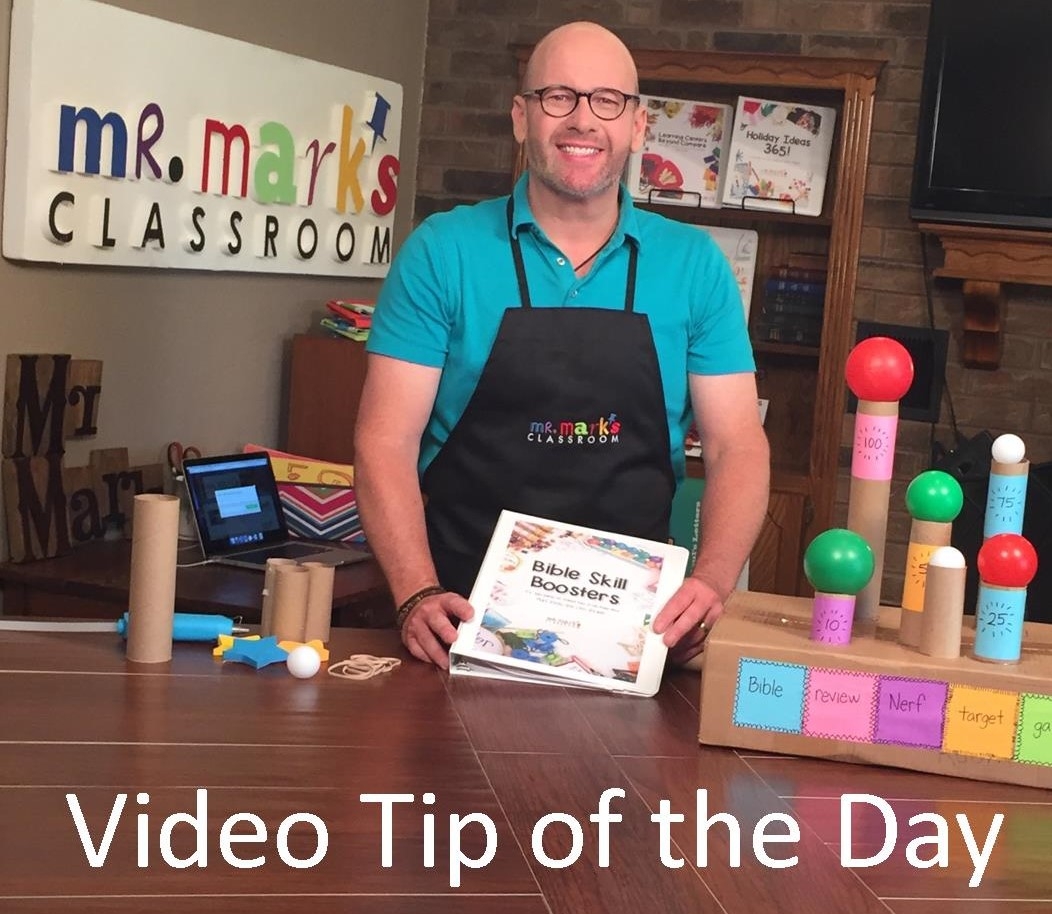Do you have a wide range of ages among the children in your home or Sunday school class? How do you teach the Bible to such a diverse group? Here are five tips I’ve found helpful. Be sure to add any I missed in the comments below.
God promises that if we teach His Word, it will do the work for which it was intended.
“so is my word that goes out from my mouth:
It will not return to me empty,
but will accomplish what I desire
and achieve the purpose for which I sent it.”
Isaiah 55:11 (NIV)
What a relief! It doesn’t take fancy tricks to teach the Bible the “right” way. Simply teach the Bible. Still, it is more enjoyable for you and your children if you teach the way your kids learn. Remember to teach, t-e-a-c-h.
– Take turns.
In any group, it is easy for more vocal people to dominate the conversation. Don’t let this happen to groups you lead. Say a name before asking a question: “Jose, how did Joseph show God’s love in what we just read?”
For mixed-age groups, there is an added challenge. Older kids may already be familiar with this lesson and (intentionally or not) keep younger ones from engaging in the conversation. Ask your questions from youngest to oldest. Challenge older kids to be ready to supply anything missing from younger children’s answers. Challenge younger kids to ask questions about things anyone says that they don’t understand. Remember that any questions you don’t know how to answer can be written down and taken to someone you trust who can help you find the answers.
– Engage older children and students.
Give older children leadership responsibilities. Assign them a Scripture to read. Ask them if they would like to lead the group in prayer. Let them set up and serve snack. You might even assign weeks for them to prepare and teach the lesson, craft, or game. Help them discover and use their spiritual gifts, especially in the context of your group or family. (Click here to download a free spiritual gift test for preteens by Dr. Clint May.)
– Ask thought-provoking questions.
The answer to every question at church is… (say it with me now)… “Jesus!” How hard did you need to think about that? The question before it didn’t really matter, did it? Mindless answers are just that—mindless. These questions evoke a yes, no, or other one word answers. These questions are good for kids just learning the facts, but by age 4 or 5, parents and teachers should begin asking more thought-provoking questions.
What’s the secret to asking thought-provoking questions? Use your 5 W’s and 1 H: Who? What? When? Where? Why? How? (The last two are especially good.) Dig deeper into your Bible lesson by asking kids to think about what happened. Who else does this remind you of and why? Where did this happen? Have kids find it on the map in your Bible. Why do you think people reacted the way they did? How would you have reacted in this situation? Why?
– Check for understanding.
The best way to know if learning actually happened in your Bible study is to debrief at the end. There are two ways to do this.
One way is to ask children to repeat the Bible lesson back to you. The challenges with this method are two-fold. First, it is hard to ask multiple children the same question and keep everyone else engaged. You may also get the same thing or “what he said” as you continue around the group. The second challenge is discerning how much children actually understand verses how well they can parrot what you said. Nevertheless, if children can repeat the Bible lesson back to you, you know they were listening.
I prefer to ask children to take turns sharing one thing they learned from today’s lesson. I like this because kids get a chance to share what excites them or stuck out to them. It is a good way to gage not only understanding, but also possible ways God may be working in their lives.
– Have fun!
Learning does not have to be “sit quietly in a chair and listen while I talk.” A steady diet of lecture-only is bo-o-o-oring. (Admit it. You’ve sometimes had trouble sitting quietly through an entire sermon too.) Kids learn all different kinds of ways. Draw a picture of what you hear. Act it out. Play charades with ways you could live out what you are learning. Make something to give away. Sing a song you or your children think of that goes along with the lesson. Go on a scavenger hunt looking for items related to that day’s lesson. What other ways can you make learning exciting? Enjoy your time together and help learning to stick.
As a blogger and writer for Parent Road Ministries, Nancy Ruth draws from years in children’s ministry and a master of divinity (theology) degree to provide busy parents with tools to teach their kids to live boldly for Christ in today’s world. Find her on Twitter, Facebook, or Google+.






